Kilcar Heritage:The Spaniard's Chapel
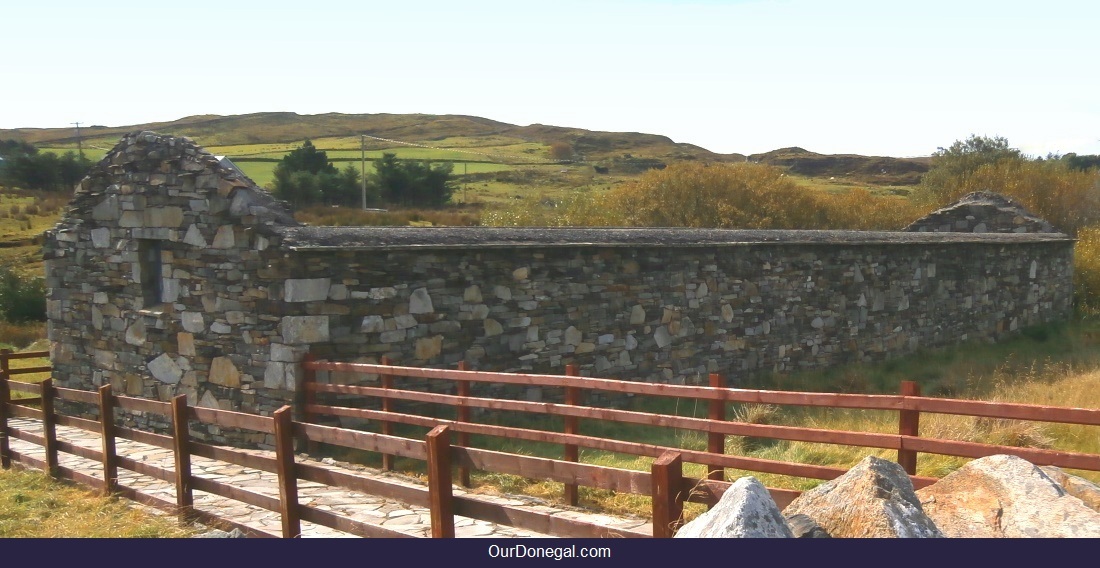 The Spaniard's Chapel
The Spaniard's ChapelDiscover Why A Small Ruin Outside Kilcar Village Is Known As The 'Spaniard's Chapel' Or 'Spanish Church'
Near Killybegs, Southwest Donegal Ireland
As you travel to the Slieve League cliffs and Glencolmcille, you might notice an intriguing little structure on the roadside, near the pretty village of Kilcar. The structure's roofless rectangular walls commemorate an old chapel, known locally as the 'Spaniard's Chapel' that once stood on the site. It was rebuilt in 1985.
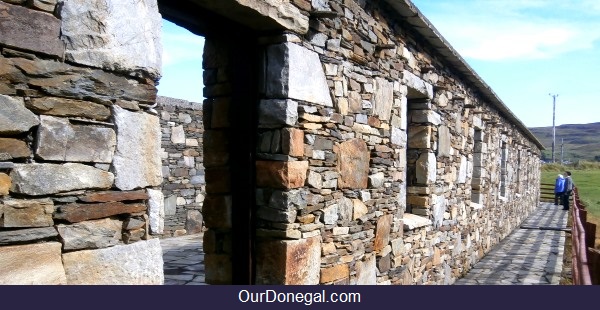 The Spaniard's Chapel viewed from the back
The Spaniard's Chapel viewed from the backHistorically, the 'Spaniard's Chapel' served as a humble place of worship under the oppressive Penal Laws.
The chapel later fell into ruin following passage of the British parliament's 'Roman Catholic Relief' Act of 1829. The Act permitted Catholics to have churches again, finally, and the local Catholics subsequently built an official parish church in the village.
But how did this little chapel get its name?
There are several accounts of its history. All are essentially the same, though varying in some details. The following is an outline of an account given by Father Daniel Cummings C.Ss.R. (1907-1977).
In his autobiography 'Rest And Be Thankful', Father Cummings recalls seeing the 'Spaniard's Chapel' during a visit to Southwest Donegal, where he learned of its history from the then Parish Priest of Kilcar. It's intriguing that this account seems to place the events at approximately fifty years later than some other versions...
How The Spaniard's Chapel Near Kilcar Got Its Name
In the year 1756 a boy named James Carr went to Salamanca in Spain to
study for the priesthood. He was later ordained a Catholic priest, and
eventually appointed Parish Priest of his native Kilcar.
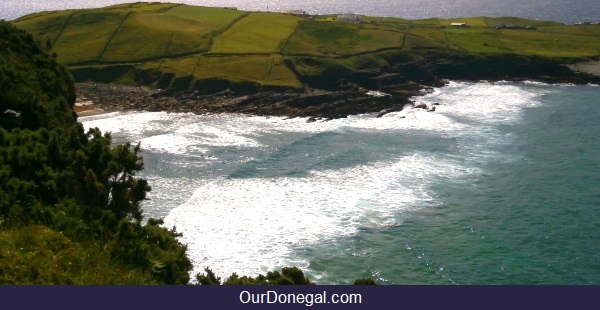 Example of coastal terrain near Kilcar
Example of coastal terrain near KilcarLate one winter's night during a raging storm, Father James Carr had an urgent visit from a parishioner asking him to attend his dying father, who lived some miles away.
After quickly preparing for the journey, the priest set off on horseback, taking a shortcut along a coastal clifftop path.
Ferocious waves crashed below as he battled his way through relentless winds.
Luckily Father Carr knew the terrain well and had a reliable, experienced horse. But without warning his horse came to an abrupt stop and refused to go any farther.
The priest dismounted.
Suddenly he heard someone cry out in pain from the sea-pounded rocks
below. Tethering his horse, he scrambled down the rocky cliff-face and
found an injured, half-drowned sailor. Lifting the sailor gently off
the rocks, Father Carr then carried him to a more sheltered part of the
cliff.
As the barely conscious sailor began to communicate,
Father Carr realized he was speaking Spanish, a language in which the
priest himself was fluent since his student days in Salamanca.
Comforting the sailor, the priest administered the Last Sacraments to
him. Just before his death, the sailor told Father Carr that he had
prayed to Our Lady for the grace of a good death.
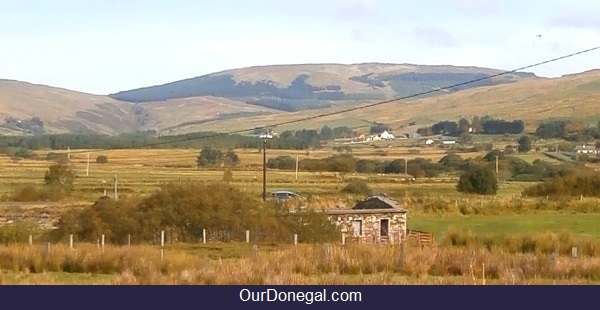 The Spaniard's Chapel beneath the hills of Southwest Donegal
The Spaniard's Chapel beneath the hills of Southwest DonegalRecognizing that his prayers had been answered, the Spaniard asked the priest if he would build a small chapel in Our Lady's honor, that he would find the money to pay for it in his belt.
The priest promised to do so.
Climbing back up the cliff-face and remounting his horse after the sailor's death, Father Carr continued on his journey.
This time the horse went willingly.
The priest arrived in time to also administer the Last Sacraments to his dying parishioner.
Father Carr had the chapel built in honor of Our Lady in accordance with the Spaniard's dying wish, using the gold found in his belt. To this day, what's left of that little chapel is still fondly referred to as the 'Spaniard's Chapel'.
Father James Carr, The Spanish Sailor And Two Celtic Saints
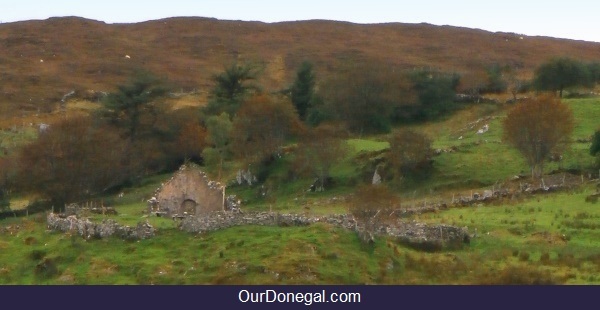 7th century ruins of Saint Cartha's church and monastic site
7th century ruins of Saint Cartha's church and monastic siteA marble plaque in the current parish church of Saint Cartha shows that Father James Carr became Parish Priest of Kilcar in 1800. Father Carr died at the age of 93. He is buried amid the ruins of the original Saint Cartha's church founded by the Celtic saint, Cartha in the 7th century.
The Spanish sailor's name may have been Don Antonio. It seems probable that he, too, may be buried in the 7th century grounds of Saint Cartha's.
Saint Cartha and another great Celtic saint, Ciaran, are both said to be buried in these same hallowed grounds.
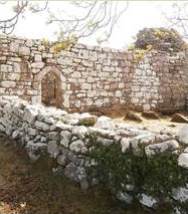
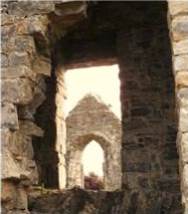

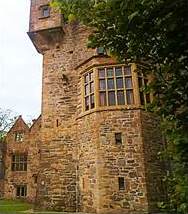

New! Facebook Comments